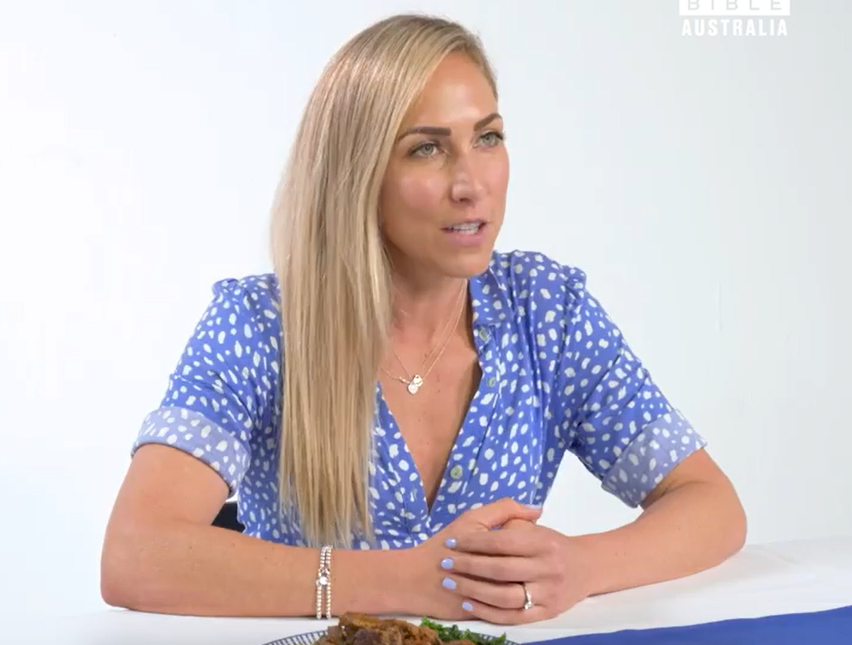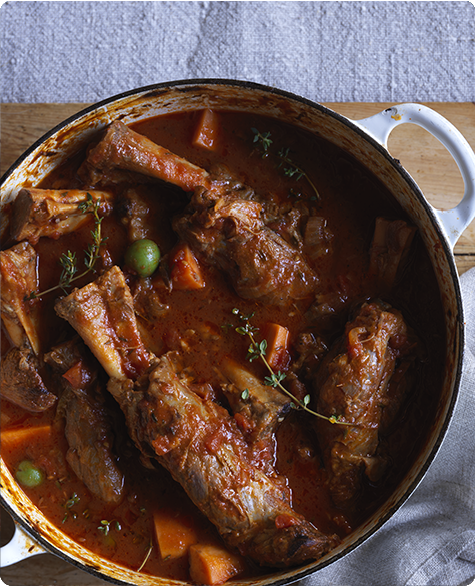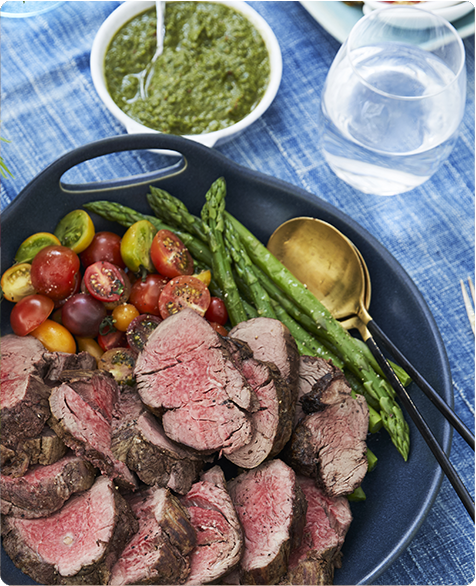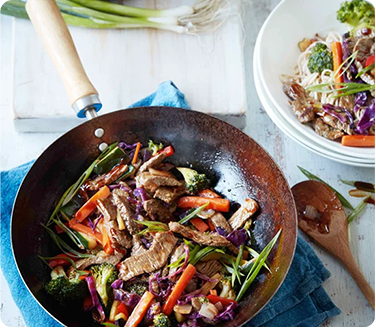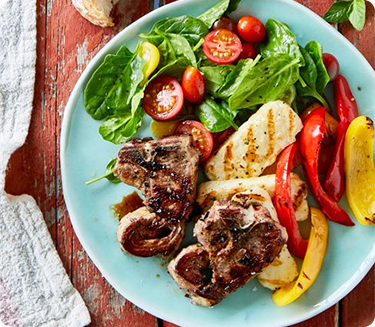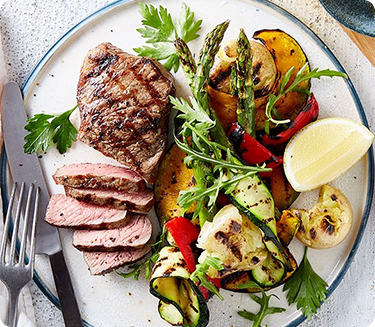At a glance
- Iron helps the body produce hemoglobin, a protein in red blood cells that transports oxygen from our lungs to the cells in our body.
- Many of us struggle to get adequate iron – particularly women in their childbearing years (aged between 14 and 50 years).
- Iron-rich red meat is a great source of bioavailable haem-iron which is absorbed by our bodies more easily than the iron that comes from plant foods.
Iron is an essential mineral that plays a vital role in our health. Because we need iron to carry oxygen around our bodies, it’s no surprise that not getting enough iron can have a serious impact on our mental and physical wellbeing.
Unfortunately, many of us struggle to get adequate iron each day. Not consuming enough dietary iron, heavy blood loss and regular vigorous exercise can all lead to low iron. People who don’t eat much red meat or follow a vegetarian or vegan diet may also find it a challenge to get adequate iron. Have a listen to Shan Cooper below and her experience as a vegetarian.
Why is iron so important?
Iron helps the body produce hemoglobin, a protein in red blood cells that transports oxygen from our lungs to the cells in our body so they can function properly. Iron is therefore essential for:
- Growth and brain function: Iron is vital for growing bodies, brain development and function. Introducing iron-rich foods to children from as young as six months is recommended because at that age, their iron requirements can no longer be met by breast milk or formula alone.
- Energy levels: Lack of energy is a common complaint in people with low iron. Since iron is responsible for carrying oxygen to the muscles and brain, low iron levels can result in reduced stamina, including fatigue and shortness of breath.
- Immunity: Iron is also important for a healthy immune system. Making sure your immune system is well-supported nutritionally helps your body fight illness and disease.
How much iron do you need?
If you don’t consume enough iron, you may be at risk of iron deficiency. Women are particularly susceptible to developing low iron. One in five women of childbearing age suffer from some form of iron deficiency... And, if you’re pregnant or breastfeeding, have heavy periods, or don’t eat red meat, iron deficiency may be more common.
Your gender and age determine how much iron you need per day for optimal health and wellbeing. Here’s the recommended dietary intake of iron for each age group:
| Age Group |
Recommended Dietary Intake (RDI) |
| All |
|
| 1 - 3 Years |
9mg/day |
| 4 - 8 Years |
10mg/day |
| 9 - 13 Years |
8mg/day |
| Boys |
|
| 14 - 18 Years |
11mg/day |
| Girls |
|
| 14 - 18 Years |
15mg/day |
| Men |
|
| 19+ Years |
8mg/day |
| Women |
|
| 19 - 50 Years |
18mg/day |
| 50+ Years |
8mg/day |
| Pregnant and lactating Women |
|
| All pregnant women |
27mg/day |
| Lactating women 14 -18 Years |
10mg/day |
| Lactating women 19+ Years |
9mg/day |
What are the best sources of iron?
Because the body can’t make iron on its own, it gets it from the food we eat. Popular sources of iron include iron-fortified breakfast cereals, red meat, poultry, fish, spinach and tofu.
Interestingly, not all iron is created equal. Dietary iron is present in two forms – haem iron and non-haem iron – with haem iron more readily absorbed by the body. Haem iron is found in red meat, poultry and fish; while plant foods, such as spinach and lentils contain non-haem iron. About 25% of haem iron is absorbed by the body compared to 5 to 15% from non-haem iron.
As you can see in the table below, more iron is able to be absorbed from foods such as red meat, fish and poultry than from iron-fortified breakfast cereals and spinach:
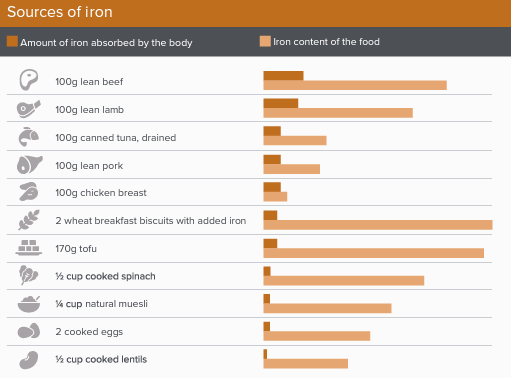
Tips to boost iron intake
If you’re looking to boost your iron intake, modifying your diet, whether you’re a meat-eater or not, can be a simple way to do it:
- Enjoy red meat in healthy, balanced meals: Amounts of lean red meat recommended in the Australian Dietary Guidelines can be consumed across three to four healthy, balanced meals a week. Confused about serving sizes? Our Red Meat Buying Guide can help you buy the right amount of red meat per serving.
- Include a variety of plant foods: For vegetarian meal options, combining a plant-based source of iron (such as tofu, spinach or legumes) with a source of vitamin C (such as berries, oranges, tomatoes or broccoli) can help optimise the absorption of non-haem iron.



